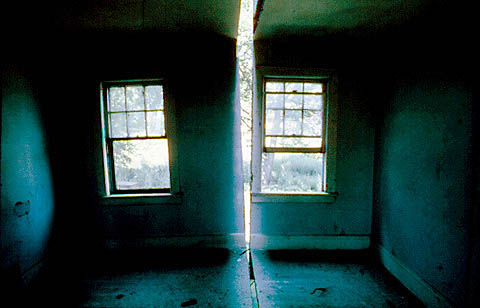Richard Hughes, RCGrimewave, 2011
 Wednesday, February 15, 2017 at 8:13AM
Wednesday, February 15, 2017 at 8:13AM  Richard Hughes, RCGrimewave, 2011
Richard Hughes, RCGrimewave, 2011
Found this image while looking at something else, as is the way it goes. It isn't a new piece, but hands have been a lot in the news the past few days, mostly shaking agressively, controllingly, powerfully.
This Hughes piece, a giant pressed cardboard fist propped up against a clean gallery wall, is part of a series in this journal, of hands used as political expression.
The hand is the last thing one can speak with after the voice has gone, after its writing has been banned; a fist can still be formed, until it too is cut off.
Resistance — how the closed fist held up, palm out, is a withholding of the hand and its ability to work. It is passive, sullen, unyeilding: it isn't a horizontal punch, it is a flag held up in a massive objection to whatever circus it finds itself in.
It surprises me, this, thinking of other signs of hand protest, especially the V — palm out, first two fingers open, the third lightly held by the thumb. This is a flag that is so open, so optimistic that openness will prevail — the future is coming and it is full of light. Churchill when he knew he was winning the war, Vietnam protesters who knew they could change government through sheer numbers, but it was never the flag of the Civil Rights Movement: that was the closed fist, with its obdurance and its passive weight.
-------------
But, this is art, not propaganda. Richard Hughes finds things in his own territory on the basis of how they 'have reached this state of uselessness, and how well they can be used now to deliver a narrative or depict something'. This is from a long and absorbing conversation with Martin Clarke about his work. Having found bottles, bits of plumbing pipe, cardboard, old sheds: things of little value but spied by Hughes at a moment of their descent into detritus, he chooses them, rearranges them a bit, makes a rubber mould of them, casts them in resin, sometimes bronze, and then paints the cast to look like the original. There are two narratives here: the decay of things, and the arrest of decay by transformation into some other medium. The cardboard fist 'looks like' a cardboard fist, but is actually a sculpture of a cardboard fist.
At art school in the 90s and with an MA from Goldsmiths in 2002, there is more than a little punk sensibility to Hughes' work. The found objects, often unlovely; the unsentimental process by which they are made gallery-worthy (this after a generation of the ripping of art off the gallery wall and shoving it out in the street or turning it into performance), he finds boring. He'd pay someone to do it, but he 'can make a mould properly' so why not just get on with it. It's his job.
He uses bronze for little things, like a collection of spitballs, but uses resin, a particularly inexpensive, blank and characterless material, for most of his pieces. The unpainted cast is sheer form, the painted surface is a thin skin of narrative that contains all the romance of the processes of attrition, all the tragedy of waste, all the poetics of things without function that persist in littering our landscapes. The original objects carry some sort of charge for Hughes – it's how he chooses him. They are transformed by industrial and mechanical processes that deliver that charge into a gallery space. The objects are legitimised by their simulacra. I could be wrong, I haven't seen the work, I wasn't in Glasgow in 2012 when the fist was shown at Tramway 2, I only know the image, above, but I sense that this is a hard critique of how we value things only when they have been given the gloss of permanence.
One can critique a system (the Gallery, the Museum, the Art Market) with completely subversive works. The half-rotted running shoe sprouting grass: cast it in resin, paint it to look like the original which deems it a sculpture because of the methods of its manufacture – a process that seemingly bypasses the existential narrative of the running shoe itself. And what of that narrative – it is neither unimportant, nor irrelevant. The 'charge' that Hughes talks about is still there, now primed to go off in that most rarified air of the white-walled gallery.
 hands,
hands,  resistance,
resistance,  sculpture
sculpture 






























